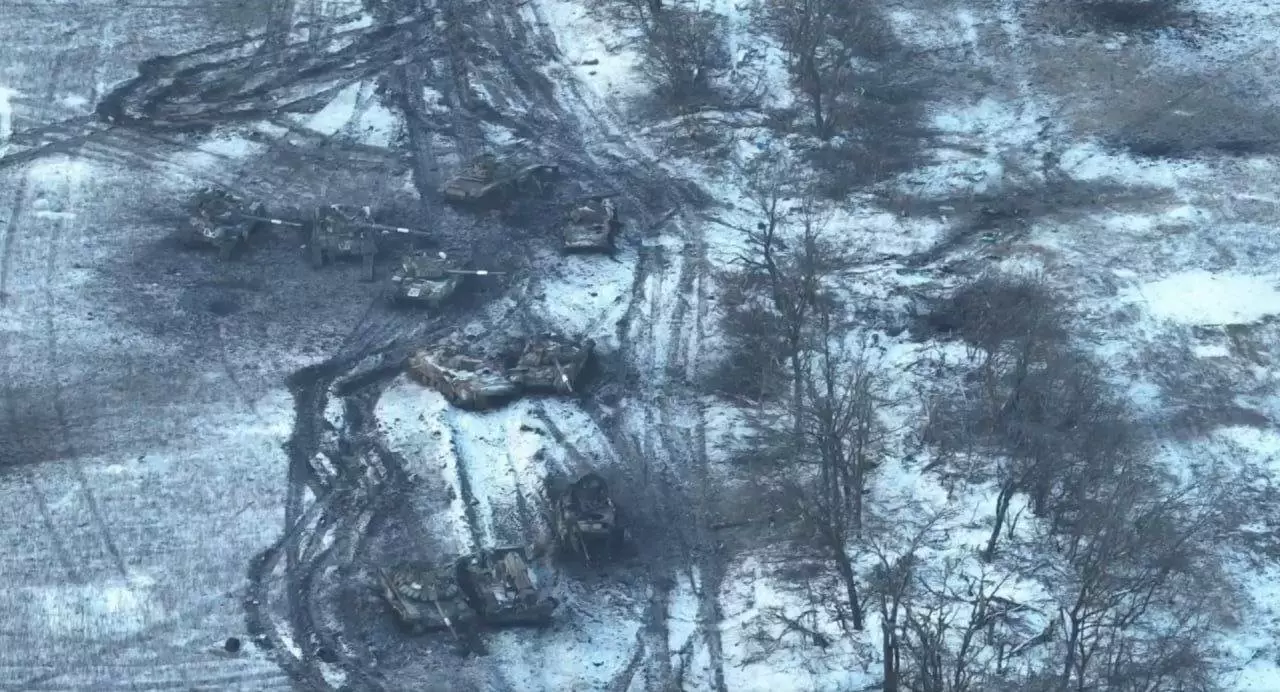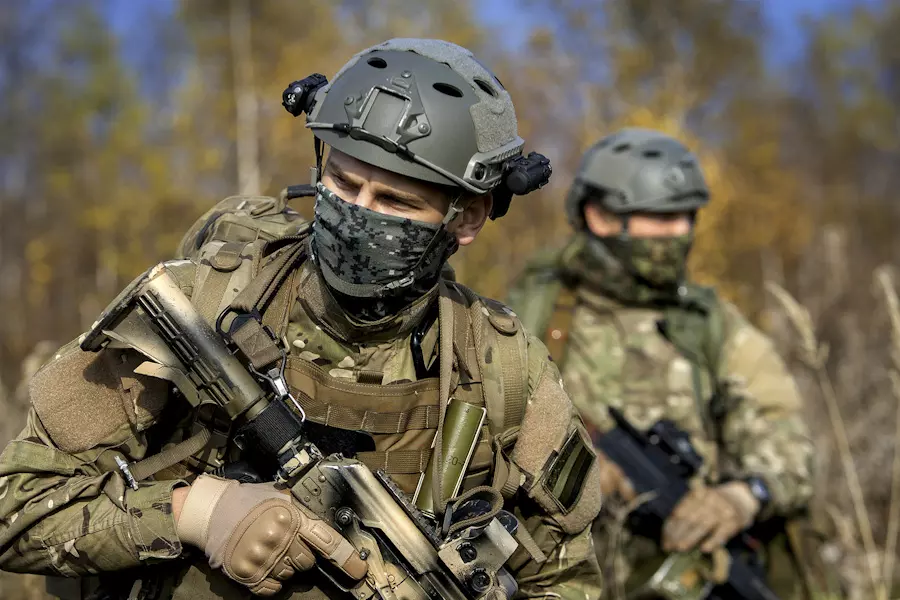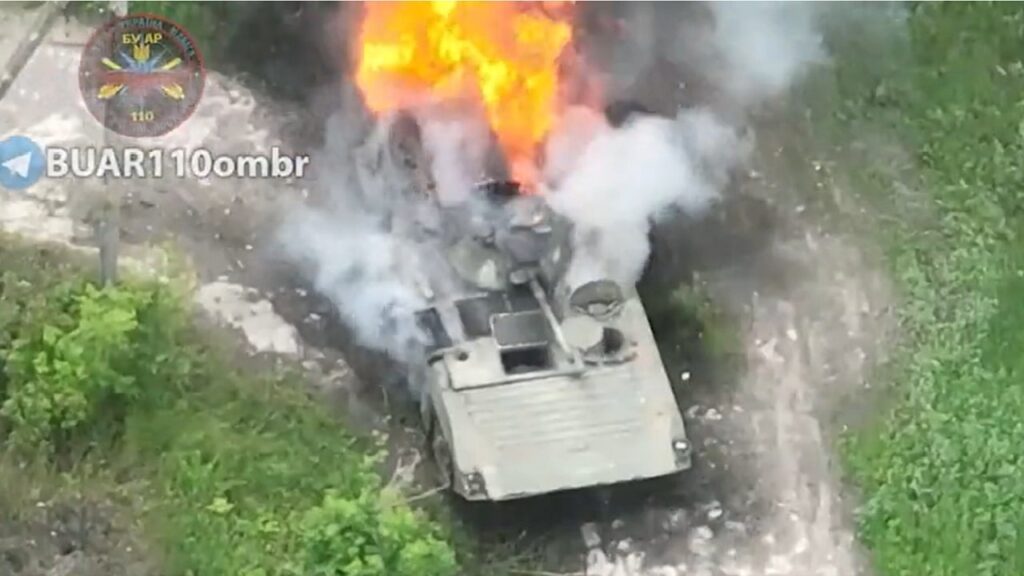It has been 369 days since the Russian invasion began. On Monday, the Russian forces continued with their futile attempts to break the Ukrainian defenses in the Donbas and in the east.
The fighting goes on
Despite intense efforts to break the Ukrainian defensive lines around the town of Bakhmut in the Donbas, the Russia forces are failing. Having started in the summer, Bakhmut is the longest battle of the war. The Russian forces have advanced very close to the town but have failed to encircle the Ukrainian positions despite gains to the north and south.

In the east, the fighting around Kreminna and Svatove continues in earnest. The Russian forces have been counterattacking on both directions in an attempt to dislodge the Ukrainian troops and reclaim lost territory. But the Ukrainian forces have been holding their lines and continue to pose a threat to the Russian garrisons of the town towns. Should the Ukrainian forces capture Svatove, Russian logistics in the area will suffer.
In the south, the situation remains the same.
Russian casualties
Every day, the Ukrainian Ministry of Defense is providing an update on its claimed Russian casualties. These numbers are official figures and haven’t been separately verified.
However, Western intelligence assessments and independent reporting corroborate, to a certain extent, the Ukrainian casualty claims. For example, the Oryx open-source intelligence research page has visually verified the destruction or capture of close to 1,700 Russian tanks (which amounts to more tanks than the combined armor capabilities of France, Germany, Italy, and the United Kingdom) and more than 8,300 weapon systems of all types; this assessment has been confirmed by the British Ministry of Defense.

The same independent verification exists for most of the other Ukrainian claims. Recently, the Pentagon acknowledged that the Russian military has lost thousands of combat vehicles of all types, including over 1,000 tanks, and dozens of fighter jets and helicopters.
In November, Chairman of the Joint Chiefs of Staff General Mark Milley shared the U.S. military’s assessment that the Russian military has lost way more than 100,000 troops so far in the war. But U.S. officials revised this assessment in February. According to U.S. intelligence, Russia has lost almost 200,000 troops killed or wounded in the conflict so far.
Yet, proper casualty figures are still hard to compute and verify given the fog and friction of war.
As of Monday, the Ukrainian Ministry of Defense is claiming the following Russian casualties:
- 148,690 Russian troops killed (approximately three times that number wounded and captured)
- 6,621 armored personnel carriers and infantry fighting vehicles destroyed
- 5,248 vehicles and fuel tanks
- 3,385 tanks
- 2,380 artillery pieces
- 2,048 tactical unmanned aerial systems
- 873 cruise missiles shot down by the Ukrainian air defenses
- 475 Multiple Launch Rocket Systems (MLRS)
- 300 fighter, attack, and transport jets
- 288 attack and transport helicopters
- 247 anti-aircraft batteries
- 230 special equipment platforms, such as bridging equipment
- 18 boats and cutters
- four mobile Iskander ballistic missile systems
On Monday, Ukrainian forces continued to inflict the heaviest in the direction of Bakhmut, which is located in the south of the Donbas, and along the Kreminna-Svatove line in the east.
The stated goal of the Russian military for the renewed offensive in the east is to establish full control over the pro-Russian breakaway territories of Donetsk and Luhansk and create and maintain a land corridor between these territories and the occupied Crimea.

